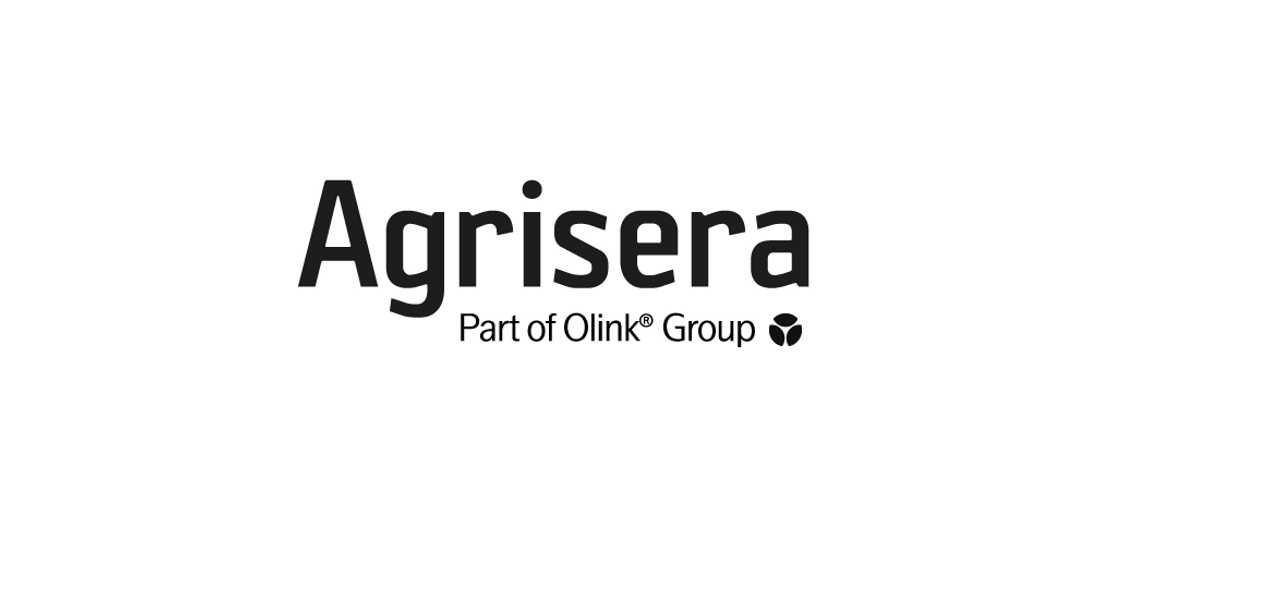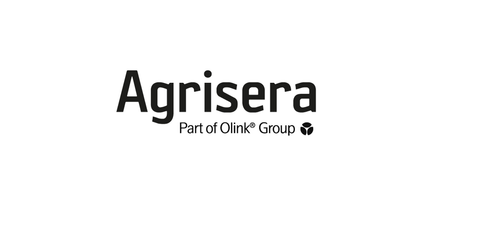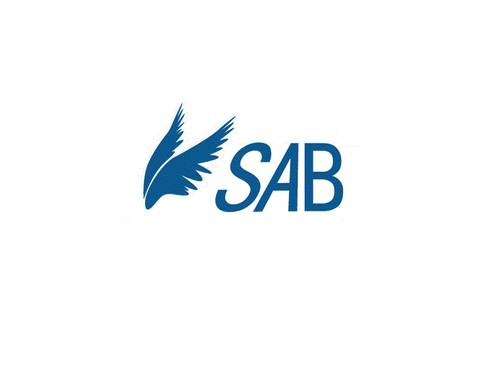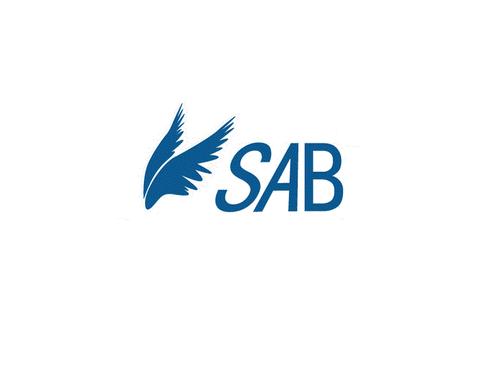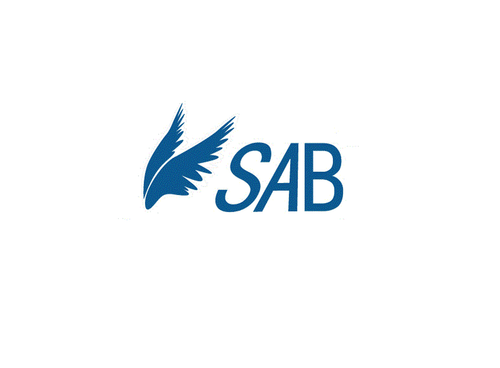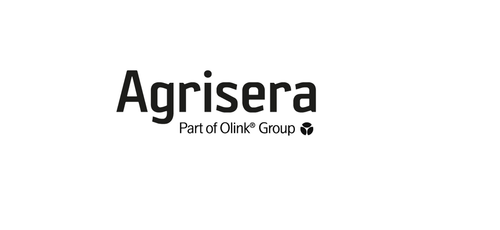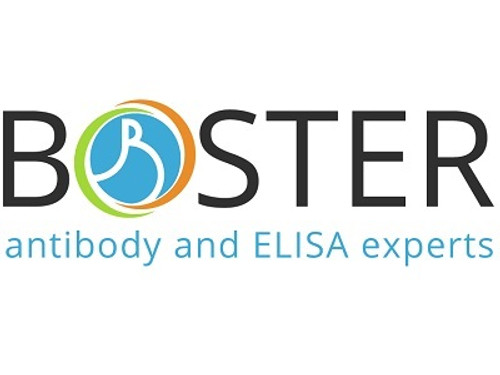Product Description
ATG8 | Autophagy-related protein | AS14 2769 | Agrisera
Immunogen: Fragment of recombinant ATG8 from Chlamydomonas reinhardtii, UniProt: A8JB85
Host: Rabbit
Conjugation: N/A
Clonality: Polyclonal
Isotype: N/A
Purity: Serum
Format: Lyophilized
Tested Application: Immunolocalization (IL), Western blot (WB)
Related Products: AS19 4275 | Anti-ATG3 | Autophagy-related protein 3, rabbit antibodiesAS15 2831 | Anti-ATG4 | Autophagy protein 4, rabbit antibodiesAS19 4276 | Anti-ATG5 | Autophagy protein 5, rabbit antibodiesAS19 4277 | Anti-ATG7 | Autophagy-related protein 7, rabbit anitbodiesAS14 2811 | Anti-ATG8A | Autophagy-related protein 8a, rabbit antibodiesAS14 2769PRE | ATG8 | Autophagy-related protein, pre-immune serumAS16 4071 | Anti-ATG9 | Autophagy-related protein 9 (N-terminal), rabbit antibodiesAS16 4072 | Anti-ATG9 | Autophagy-related protein 9 (C-terminal), rabbit antibodiesAS19 4278 | Anti-ATG12b | Autophagy-related protein 12b, rabbit antibodiesAS19 4279 | Anti-ATG13a | Autophagy-related protein 13a, rabbit antibodiesAS19 4280 | Anti-ATG16 | Autophagy-related protein 16, rabbit antibodiesAS14 2805 | Anti-NBR1 | Autophagy substrate NBR1, rabbit antibodiesAS19 4281 | Anti-NBR1 | Autophagy substrate NBR1, rabbit antibodies
Recommended Dilutions: 1 : 1000 (IL), 1 : 1000-1 : 2000 (WB)
Molecular weight: 15, 2 | 15 kDa
Confirmed Reactivity: Arabidopsis thaliana, Aponogeton madagascariensis, Chlamydononas reinhardtii, Haematococcus lacustris, Nicotiana benthamiana, Populus trichocarpa, Solanum lycopersicum
Predicted Reactivity: Brassica napus, Micromonas sp., Physcomitrium patens, Pinus sitchensis, Solanum tuberosum, Volvox carteriSpecies of your interest not listed? Contact us
Not reactive in: No confirmed exceptions from predicted reactivity are currently known
Additional Information: For Arabidopsis thaliana the signal obtained using ATG8 antibodies is cleaner in case of roots compare to leaf material. For best results please follow extraction protocol described in Álvarez et al. (2012) . ATG8 signal corresponds to the two bands of 17 kDa.Preparation of a cell extract from Arabidopsis thaliana:A. Plants were first subjected to autophagy activating conditions: nutrient (nitrogen or carbon) limitation or oxidative stress in order to activate this degradative process.B. Total protein extracts can be obtained as described by Álvarez. Leaves are grinded in liquid nitrogen with a minimal volume of extraction buffer (100 mM Tris-HCl pH 8, 400 mM sucrose, 1 mM EDTA, 0.1 mM phenylmethylsulfonyl fluoride (PMSF), 10 mg/ml sodium deoxycholate, 10 µg/ml of leupeptin, 10 µg/ml of pepstatin A, 4% (v/v) protease inhibitor cocktail from Roche) .C. Cell debris is removed by centrifuging at 500 g for 10 min at 4°C.Important note:It is recommendable to use bigger gels in order to get a better resolution of ATG8 bands. Midi-protean gels are better than mini-gels. There are 9 ATG8 isoforms and this antibody will likely recognizes all of them.For immunolocalization protocol, please inquire.
Background: ATG8 (Autophagy-related protein 8) is involved in degradation and recycling of intracellular components in a process of autophagy. ATG8 is a molecular autophagy marker in Chlamydomonas reinhardtii (Pérez-Pérez et al. 2010, Plant Physiol. 152: 1874-88) .
Reconstitution: For reconstitution add 50 µl of sterile water
Storage: Store lyophilized/reconstituted at -20°C; once reconstituted make aliquots to avoid repeated freeze-thaw cycles. Please remember to spin the tubes briefly prior to opening them to avoid any losses that might occur from material adhering to the cap or sides of the tube.
TAIR Nnumbre: N/A
Category: Autophagy-related and Ubiquitin-like Proteins
Research Area: Plant Biology
 Euro
Euro
 USD
USD
 British Pound
British Pound
 NULL
NULL

